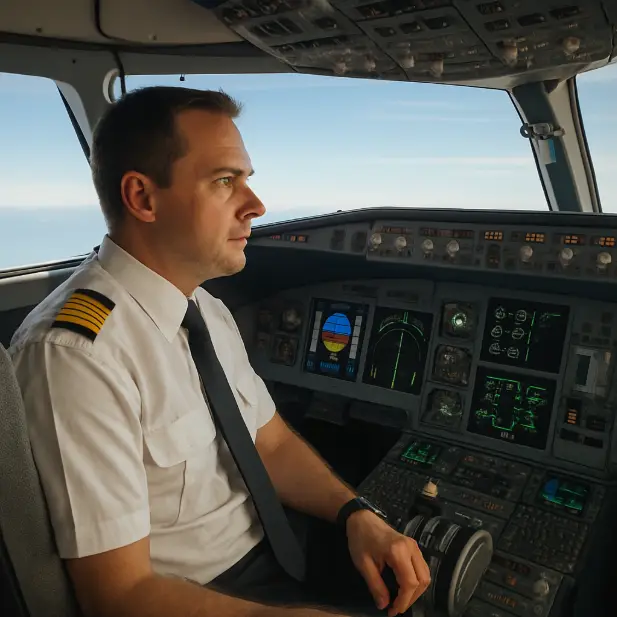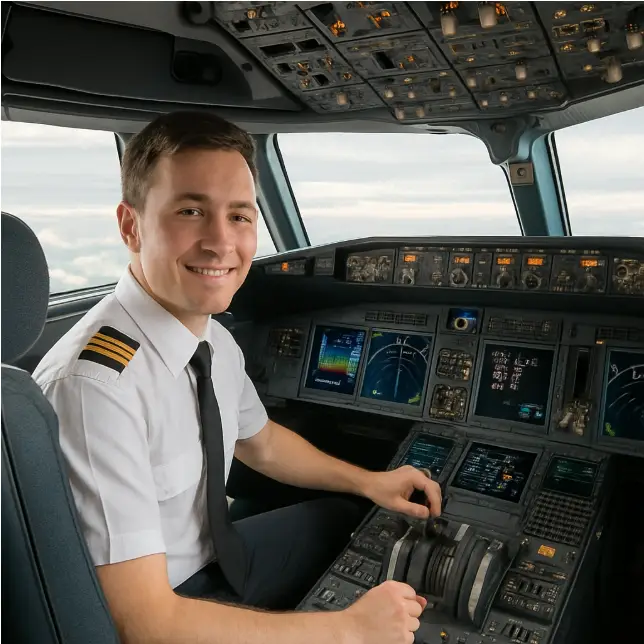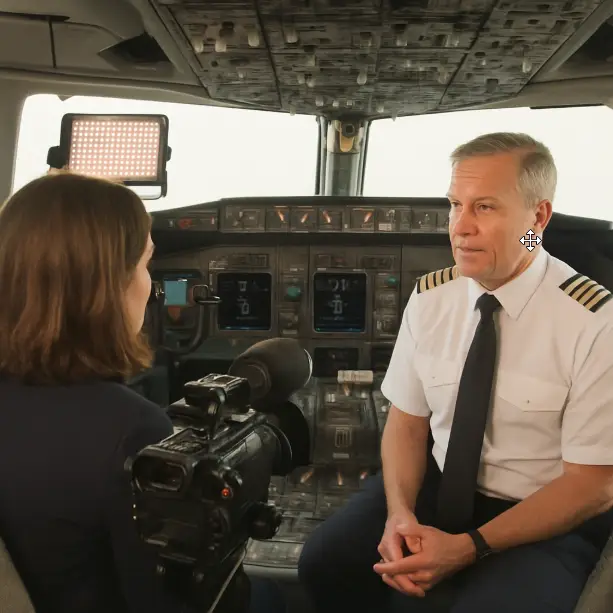Understanding the Turnback Turn

- aviatorpro_6714
In the world of aviation, the term “impossible turn” often sends shivers down the spine of even the most seasoned pilots. This daring maneuver involves turning back to the departure runway after an engine failure shortly after takeoff—a situation fraught with complexity and risk. However, with the right training and understanding, what once seemed impossible can become a viable option under specific circumstances. In this article, we’ll explore the intricacies of the impossible turn, its challenges, and how professional aviators can master it.
Understanding the Turnback Turn
The impossible turn is essentially a 180-degree turn performed by a pilot to return to the runway after an engine failure during the critical takeoff phase. This maneuver is considered particularly hazardous due to the low altitude and airspeed involved. Many pilots are taught to land straight ahead, if possible, following an engine failure after takeoff. However, there are cases where returning to the airport might be the safer option.
The Risks and Challenges
One of the primary reasons the impossible turn is deemed risky is the potential for stalling. When an aircraft loses an engine, it also loses thrust, causing a rapid decrease in airspeed. Pilots must be cautious not to exceed the critical angle of attack, which could lead to an aerodynamic stall, a dangerous situation especially close to the ground.
Furthermore, performing a turnback requires precise judgment and quick decision-making. The pilot must evaluate factors like altitude, airspeed, wind conditions, and runway availability, all within seconds. This complexity is why many pilots regard the maneuver as “impossible.”
Factors to Consider Before Attempting a Turnback
Altitude and Airspeed
The key to a successful turnback is reaching a sufficient altitude before the engine failure occurs. Typically, pilots need at least 500 feet of altitude to consider the maneuver safely. Airspeed is another crucial factor; maintaining it above the aircraft’s best glide speed is essential to prevent stalling during the turn.
Wind Conditions
Wind direction and speed significantly affect the feasibility of a turnback. A strong headwind on takeoff can reduce the ground distance required to return to the runway. Conversely, a tailwind during the return can complicate matters by increasing the ground speed, thus requiring more distance to land.
Pilot Proficiency
The proficiency and experience of the pilot play a vital role in executing a successful turnback. Regular practice and simulation of engine-out scenarios can help pilots develop the skills necessary to manage this critical situation.
Training for the Turnback Turn
To master the impossible turn, pilots must undergo rigorous training. Many flight schools offer specialized programs that simulate engine failure scenarios and teach the techniques required for a turnback. Here are some key elements of effective training:
Simulation and Practice
Simulators provide a safe environment for pilots to practice the turnback maneuver without the risks associated with real-life attempts. These simulations help pilots develop muscle memory and enhance their situational awareness, crucial for managing the complexities of an engine failure shortly after takeoff.
Understanding Aircraft Performance
Each aircraft has unique performance characteristics that influence the feasibility of a turnback. Pilots must thoroughly understand their specific aircraft’s capabilities, including its climb performance, glide ratio, and stall speed. This knowledge is essential for making informed decisions during an emergency.
Decision-Making Skills
The ability to make quick, accurate decisions under pressure is paramount in aviation. Training programs often include decision-making exercises that simulate the stress and urgency of an engine failure scenario, helping pilots build confidence in their judgment.
Real-World Applications and Success Stories
While the impossible turn is inherently risky, there are documented cases where pilots have successfully executed the maneuver, demonstrating its potential viability in certain situations.
Case Study: A Successful Turnback
In 2018, a professional aviator experienced an engine failure shortly after takeoff from a rural airstrip. With no suitable landing options ahead, the pilot executed a flawless turnback, returning safely to the departure runway. This incident highlights the importance of preparation, training, and quick thinking in making the impossible possible.
Conclusion
The impossible turn remains a challenging and contentious maneuver in the aviation community. While it is not suitable for every situation, with proper training and preparation, it can be a life-saving option for professional aviators. Understanding the risks, practicing the techniques, and honing decision-making skills are crucial steps toward mastering this complex maneuver.
For pilots seeking to enhance their skills and expand their knowledge, exploring the impossible turn is a testament to the dedication and professionalism required in the world of aviation. As the saying goes, “A good pilot is always learning,” and mastering the impossible turn is a prime example of the continuous journey toward aviation excellence.



